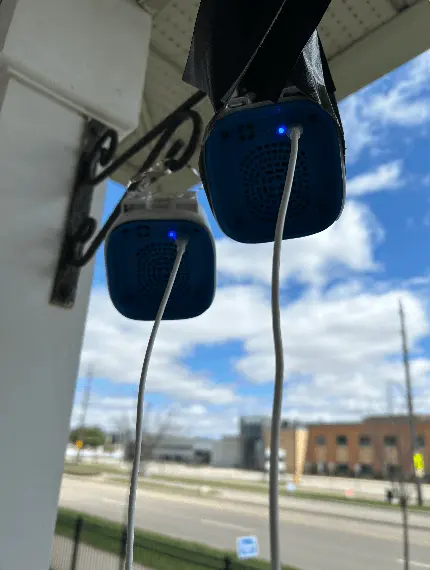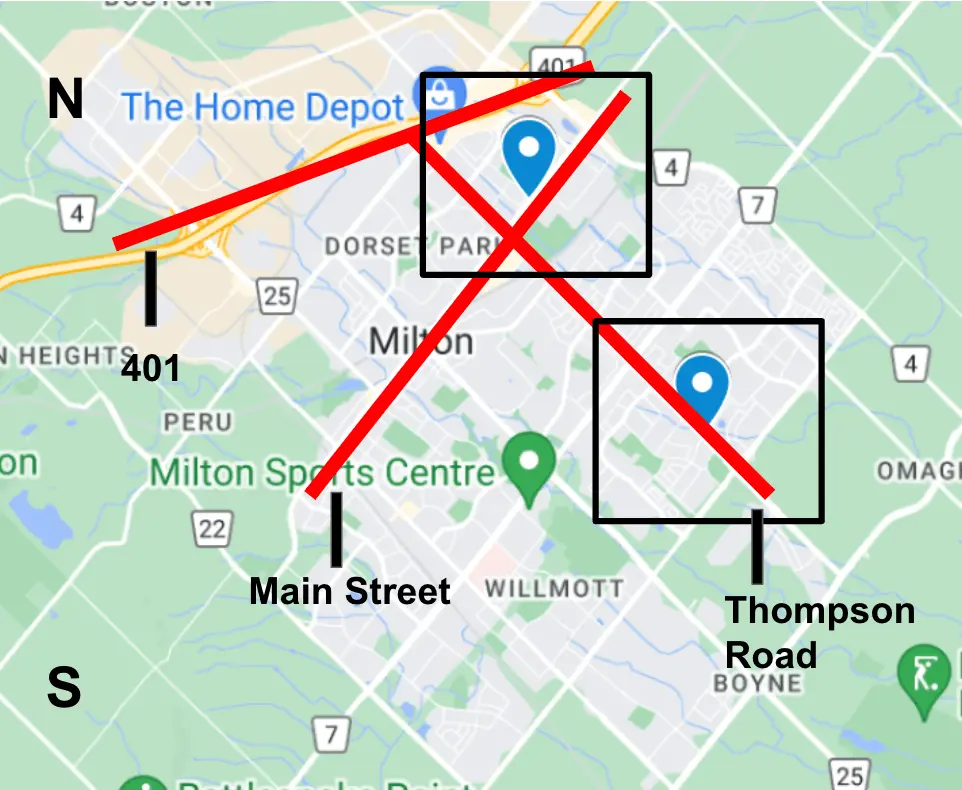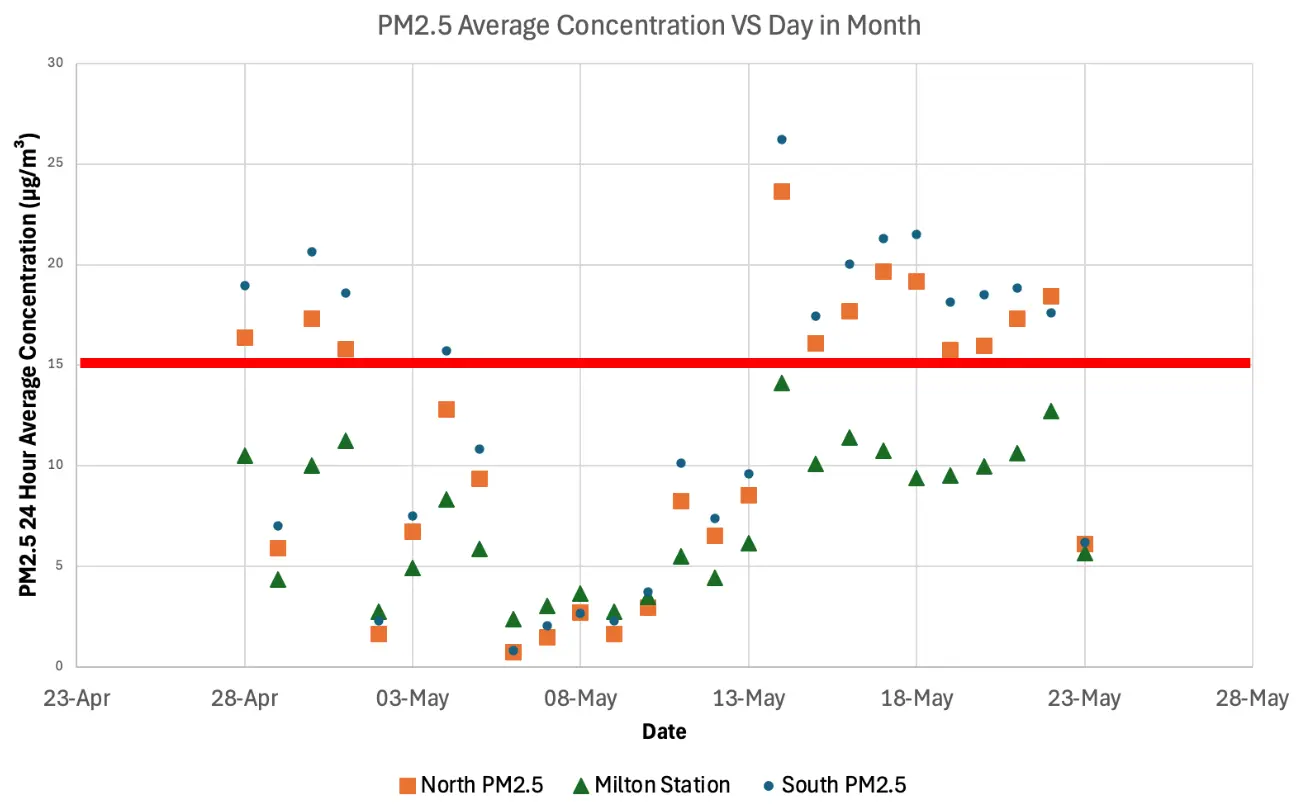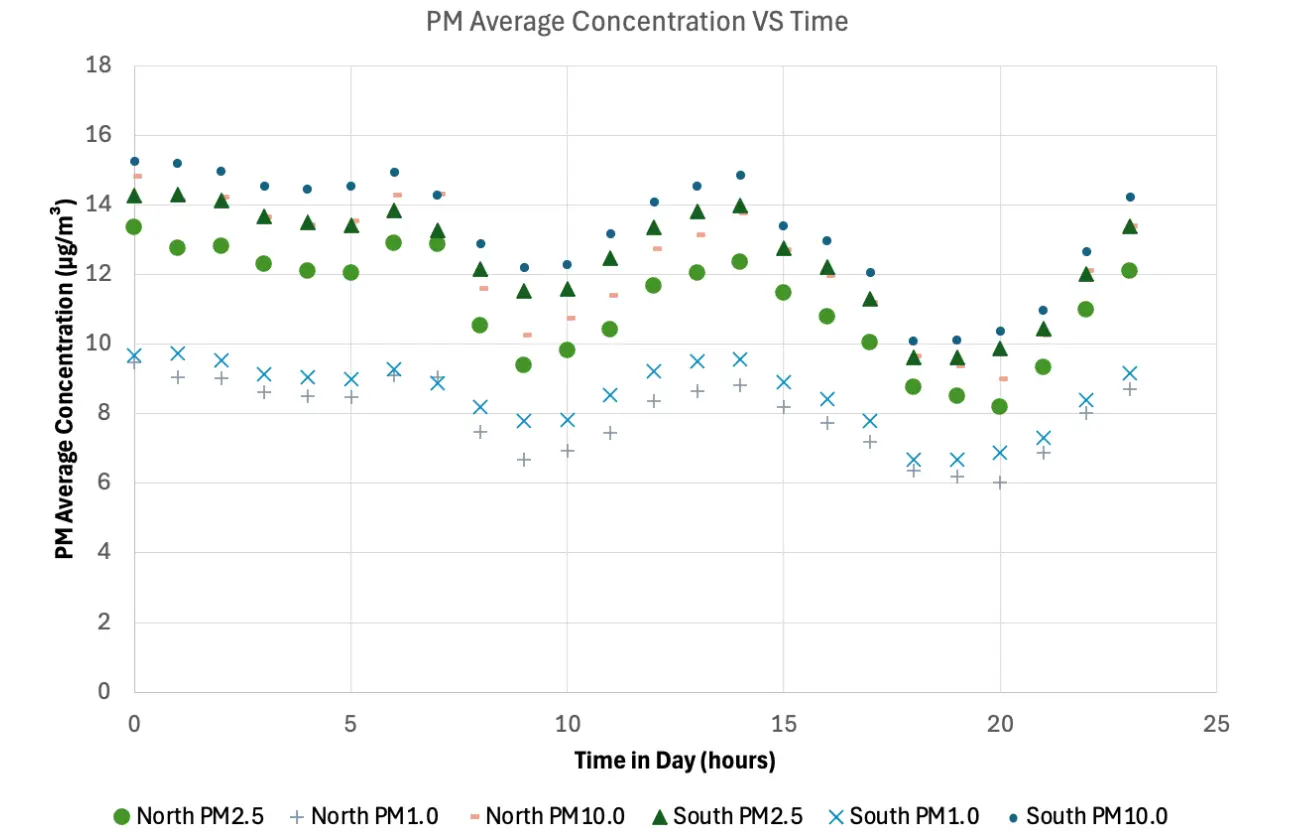AirGradient Open Source Air Quality Monitors
We design professional, accurate and long-lasting air quality monitors that are open-source and open-hardware so that you have full control on how you want to use the monitor.
Learn Moreby Suraj Subrahmanyan, Jenay Khatri, and Ritvik Manicka on September 12, 2024
We are a team of high school students studying PM2.5 levels across Milton, Ontario. After noticing the increased amount of construction and traffic in the city, the team was inspired to investigate PM 2.5 – an emerging contaminant and major contributor to air quality. Together, we are working to understand how PM 2.5 in hyperlocalised areas in Milton compare to recommended guidelines and the influence of environmental factors on PM concentration.
We are fortunate to have collaborated with a professor at York University, who was instrumental in guiding us. Following his recommendation, we used Air Gradient’s outdoor sensors to measure PM 2.5 concentrations. We were inspired by Air Gradient’s mission and their motive to work towards a greener future; these sensors have been an invaluable resource in obtaining all of our data values and ultimately played a huge role in the project’s success.

Particulate matter (PM), such as PM1, PM2.5, and PM10, can be dangerous to human health. As such both the health effects and the meteorological conditions that affect PM concentrations have been extensively studied. Although studies looking at meteorological effects on PM concentration have been extensively performed in Asia, such literature is largely absent in North America, especially major cities. Hence, to understand the effect of meteorological conditions on PM, we deployed Air Gradient sensors to two locations in Milton, Ontario, Canada. The City of Milton, a suburb of Toronto, and one of Canada’s fastest growing cities, represents a prime area to analyze for PM as it best captures the fast growing population influx in Canada.
The sensors were placed in both the North and South ends of the city next to busy roadways and the busiest highway in North America: Highway 401. The sensors were also placed near schools and construction sites to understand the PM exposure of the residents living in the area.

In the study, a departure from previous literature, we noticed that meteorological conditions, including wind direction and temperature did not have a significant effect in reducing PM concentrations. Rather, only wind speeds, above 50 km/h, were found to have a significant correlation. Since Milton is filled with two-story single family homes, much of the wind, even a slight breeze, is quite often disrupted or blocked.
We also noticed that PM values, as expected, peaked between the afternoon commute, with lowest values occurring between 7:00 - 9:00 am. However, the PM values still remained quite high at night which we attributed to the nocturnal boundary effect. This is due to the PM values accumulating from the day being unable to break down during the night. Further, during the 3-week study period, we noticed that both the North and South Milton locations exhibited 24 hr PM2.5 average above WHO limit of 15 µg/m3. With the South location, around 60% of the PM2.5 averages exceeded the WHO standard.
By contrast, the North located exhibited daily PM averages that exceeded the WHO guideline only 50% of the time. Hence, most of the houses surveyed exhibited PM values above the WHO’s guidelines for 24 hr PM 2.5. This is a departure from the Government of Ontario PM2.5 station, which was located further away from the traffic, in which the PM2.5 daily average never exceeded the WHO’s target guidelines. This shows that PM2.5 levels are localized in certain areas, with some areas experiencing higher concentrations compared to others.


Given that PM is localized in a city (around main roads), certain residents, depending on their neighborhood, may be exposed to greater PM. Although the concentration of PM observed is not an immediate concern to human health for the residents in Milton, it is important for all Ontarians to have at least a basic understanding of PM (mainly PM2.5) as it is certainly an emerging contaminant. Having the city and province educate those living in areas with high PM about its risk to human health is a great first step to spreading awareness.
As this study showed a growing Canadian suburb experiencing elevated PM values above WHO standards, it serves critical to better enforce existing guidelines, including idling, to reduce PM values. Also, since the locations sampled were near construction zones, better enforcing municipal construction dust bylaws also serves as a means to reduce short-term PM concentrations.
Ultimately, we see this work as motivating other citizen scientists to better understand their air quality and encourage formal government endeavors to better understand the influence of PM particles on health to implement stronger PM legislation.
Having started as a volunteer project at a school in Thailand, I vividly remember the projects and workshops I did together with students assembling monitors and analysing data. It’s great to see that we can now inspire other students around the world to do the same. Many thanks to the high school students Suraj, Jenay and Ritvik writing this report!
Curious about upcoming webinars, company updates, and the latest air quality trends? Sign up for our weekly newsletter and get the inside scoop delivered straight to your inbox.
Join our Newsletter
We design professional, accurate and long-lasting air quality monitors that are open-source and open-hardware so that you have full control on how you want to use the monitor.
Learn More